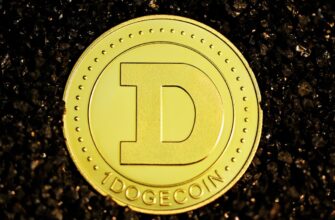XRP and CBDCs: A Transformative Partnership in Digital Finance
XRP, the digital asset developed by Ripple Labs, has emerged as a key player in the Central Bank Digital Currency (CBDC) revolution. CBDCs are government-issued digital currencies designed to modernize financial systems, and Ripple is positioning XRP as a bridge currency for cross-border transactions involving these sovereign digital assets. Recent developments highlight Ripple’s growing influence in this space, with partnerships, pilot programs, and technological innovations making headlines.
Recent XRP CBDC News: Key Developments
1. Ripple’s CBDC Platform Launch (May 2023): Ripple unveiled a dedicated CBDC platform leveraging XRP Ledger (XRPL) technology to help central banks issue and manage digital currencies. The platform supports instant settlement and interoperability with existing payment systems.
2. Bhutan and Palau Partnerships:
- Bhutan: Testing XRPL for cross-border CBDC transactions since 2021
- Palau: Launching a USD-backed stablecoin on XRPL in 2023
3. Digital Euro Collaboration: Ripple joined the Digital Euro Association in Q3 2023 to contribute to Europe’s CBDC research.
Why XRP for CBDCs? 5 Strategic Advantages
- 3-5 Second Transactions: Outperforms Bitcoin (60 mins) and Ethereum (6 mins)
- Low Fees: $0.0002 per transaction vs. $15+ for traditional SWIFT transfers
- Interoperability with legacy systems through RippleNet
- Capacity for 1,500 TPS (Bitcoin: 7 TPS)
- Carbon-neutral blockchain since 2020
Challenges in XRP’s CBDC Adoption
- Ongoing SEC lawsuit over XRP’s regulatory status
- Competition from Stellar (XLM) and Algorand (ALGO)
- Public distrust in centralized digital currencies
- Technical integration complexities
Future Outlook: XRP’s Role in the CBDC Ecosystem
Analysts predict 20+ countries could adopt XRPL-based CBDC solutions by 2025. Ripple’s Q4 2023 roadmap includes:
- Expanding to 3 new Asian markets
- Launching CBDC interoperability standards
- Enhancing privacy features for government use
FAQ: XRP and CBDCs Explained
Q: How does XRP differ from CBDCs?
A: XRP is a decentralized cryptocurrency, while CBDCs are centralized digital fiat currencies issued by governments.
Q: Which countries use XRP for CBDCs?
A: Bhutan, Palau, Colombia (pilot), and Hong Kong (research phase).
Q: Does CBDC adoption increase XRP’s value?
A: Potentially, through increased utility in cross-border settlements and liquidity provision.
Q: When will Ripple’s CBDC platform go live?
A: First live implementations expected in Q1 2024 with Asian partner nations.
As central banks accelerate digital currency plans, XRP’s technical capabilities and Ripple’s institutional partnerships position it as a critical infrastructure provider in the emerging CBDC ecosystem. Ongoing regulatory clarity and successful pilot implementations will be crucial determinants of its long-term success.







